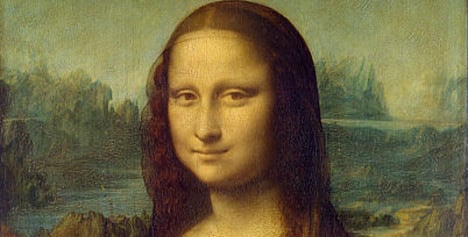For over 200 years, France has jealously guarded Leonardo Da Vinci’s Mona Lisa in the Louvre museum – and it doesn’t look like it will be returning to Italy any time soon.
Florence has lost its battle to bring the masterpiece – known as the “Giaconde” in French – back to its native Italy for an exhibition, Italian newspaper La Stampa reported on Tuesday.
The painting would have been exhibited in the city in celebration of the centenary of the dramatic recovery of the masterpiece following its theft in 1911. The proposal to return the painting had been supported by around 150,000 signatures.
In response to the request from Silvano Vinceti, President of the National Committee for the Appreciation of Cultural and Environmental Property, Vincent Berjot, France’s Director General of Heritage said that lending the work would present “many technical difficulties”.
Moreover, he added, “this painting is indissolubly linked to the image and international reputation of the Louvre Museum, which each year draws over eight million visitors from France and the whole world, who would never be able to accept the absence of this work.”
Acclaimed as "the best known, the most visited, the most written about, the most sung about, the most parodied work of art in the world", the Mona Lisa is estimated to have been painted between 1503 and 1506.
Believed to be a portrait of Lisa Gheradini, the wife of Francesco del Giocondo (from whom it takes its name), it was acquired by King Francis I of France in the 16th century and has remained the property of France ever since.
It has been on display at the Louvre museum in Paris since 1797 – but it’s been a battle to keep it there.
The painting was stolen from the museum on August 21st 1911. Avant-garde French poet Guillaume Apollinaire came under suspicion, and was even arrested in connection with the theft. He tried to implicate his friend, fellow artist Pablo Picasso, but both were later exonerated.
It was not until two years later that the real culprit – a museum employee and Italian citizen called Vincenzo Peruggia – was tracked down. According to reports at the time, Peruggia believed that the painting should be displayed in an Italian museum.
He was finally caught in 1913 when attempting to sell the Mona Lisa to directors of the Uffizi Gallery in Florence. The masterpiece was returned to France later that year and Peruggia was jailed for six months.
The Louvre declined to comment when contacted by The Local on Tuesday morning.



 Please whitelist us to continue reading.
Please whitelist us to continue reading.
Member comments